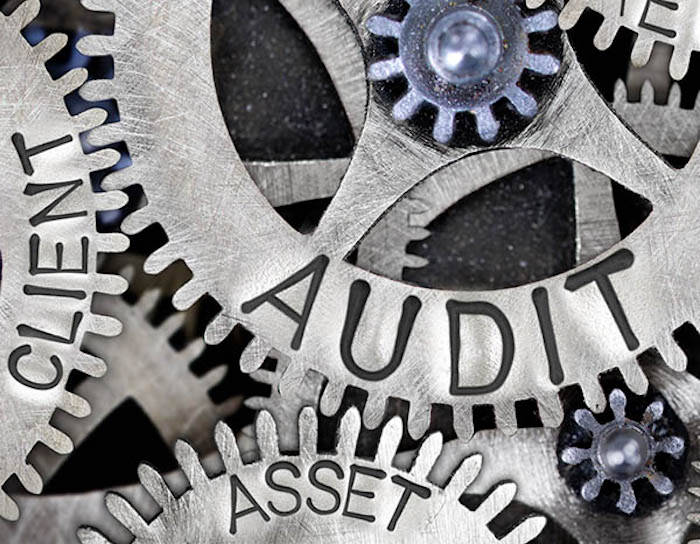Asset management, while essential for maximizing returns and ensuring efficient resource utilization, is challenging. Seasoned professionals have shared their experiences, shedding light on common problems faced in asset management. By familiarizing themselves with these challenges, asset managers can proactively address them. This article presents an overview of the most prevalent issues encountered in asset management.
Lack of Updates in Evaluation
Updates can become challenging to track in larger teams responsible for asset management. As team members rotate or tasks are assigned without clear communication, essential updates may be missed. This lack of transparency impedes effective asset management. To mitigate this problem, establish a systematic process for documenting and communicating updates to ensure all team members stay informed.
Miscommunication among Departments
Miscommunication poses a significant challenge in asset management, often resulting in errors or discrepancies. From minor issues like numerical inaccuracies to more severe problems with data integrity, miscommunication hampers the effective utilization of asset management tools and resources. Establish clear communication channels and ensure all departments comprehensively understand their roles and responsibilities within the asset management framework.
Incompetence in Asset Management
Technical competence in managing assets is crucial for success. Team members need to gain the necessary training and skills to avoid inventory problems and management issues. It is essential to invest in comprehensive training programs to enhance the capabilities of asset management teams. Prioritize quality over quantity when building your team to ensure competent and effective asset management.
Lack of Company-Required Technology
Even with a competent team, unsuitable technology can hinder optimal asset management. While skilled professionals may deliver above-average performance, matching their qualifications with advanced technology significantly enhances efficiency and effectiveness. Invest in the right asset management tools and technology to leverage the expertise of your team and achieve superior results.
Insufficient Support
Lack of support within departments can derail asset management efforts. When there is a lack of cooperation and hidden agendas, it becomes challenging to conduct objective asset inventories and foster positive change. To overcome this challenge, foster a collaborative and supportive environment among team members through team-building activities and open communication channels. Strengthening the ties within the team will facilitate smoother asset management operations.
Imbalance in Asset Elements
Achieving balance is pivotal for successful asset management. A lack of balance within various asset categories or imbalances in performance indicators can indicate areas that require modification or improvement. Conduct regular evaluations and analyses to identify any imbalances and implement corrective measures to optimize asset management outcomes.
Avoiding Necessary Risks for Growth
Overly cautious asset management practices can inhibit growth and potential returns. While prudent risk management is essential, it is equally important to embrace calculated risks that contribute to the company’s growth trajectory. Evaluate opportunities carefully, analyze potential risks, and make informed decisions that balance risk and reward.
Conclusion
Navigating the challenges in asset management requires proactive measures and strategic planning. By addressing issues such as lack of updates, miscommunication, competency gaps, technological shortcomings, insufficient support, imbalances, and aversion to necessary risks, asset managers can enhance their effectiveness and maximize outcomes. With a comprehensive understanding of these common problems, asset managers can take the necessary steps to overcome challenges and drive successful asset management practices within their organizations.
FAQs
Q: What is the significance of addressing common challenges in asset management?
A: Addressing common challenges in asset management is crucial for achieving optimal results and maximizing returns. By understanding and proactively resolving these issues, asset managers can ensure efficient resource utilization, minimize errors and discrepancies, foster a supportive environment, and embrace calculated risks for growth.
Q: How can asset managers overcome the lack of updates in evaluation?
A: To address the lack of updates, asset managers should establish a systematic process for documenting and communicating updates within the team. This may involve regular meetings, effective use of communication tools, and clear assignment of responsibilities. By promoting transparency and accountability, asset managers can ensure that updates are properly tracked and shared among team members.
Q: What steps can be taken to improve communication among departments in asset management?
A: Improving communication among departments requires establishing clear communication channels and fostering a comprehensive understanding of roles and responsibilities. This can be achieved through regular cross-departmental meetings, effective use of collaboration tools, and clear documentation of processes and procedures. Encouraging open dialogue and promoting a culture of effective communication can help mitigate miscommunication challenges.
Q: How can asset managers address the issue of incompetence in managing assets?
A: To address incompetence in asset management, asset managers should prioritize comprehensive training programs for their team members. Investing in continuous professional development and providing opportunities for skill enhancement will help ensure that the asset management team is competent and equipped to handle the responsibilities effectively. Building a team with high-quality individuals rather than quantity is also essential.
Q: What can be done to overcome the lack of necessary technology in asset management?
A: To overcome the lack of necessary technology, asset managers should assess the specific needs of their asset management processes and invest in suitable asset management tools and software. Conduct thorough research, consult with experts, and choose technology that aligns with the organization’s requirements. Leveraging advanced technology enhances efficiency, accuracy, and the overall effectiveness of asset management.
Q: How can asset managers address the issue of insufficient support?
A: Asset managers can address the issue of insufficient support by fostering a collaborative and supportive environment within the organization. This can be achieved through team-building activities, open communication channels, and creating a sense of shared purpose and goals. Encouraging teamwork and emphasizing the importance of asset management as a collective effort can help overcome this challenge.
Q: What measures can be taken to achieve balance in asset elements?
A: Achieving balance in asset elements requires regular evaluation and analysis. Asset managers should conduct periodic reviews of asset categories, performance indicators, and associated data to identify any imbalances. Based on these findings, they can implement corrective measures such as reallocating resources, adjusting investment strategies, or modifying asset portfolios to achieve a more balanced and optimized asset management approach.
Q: How can asset managers strike a balance between risk and growth?
A: Striking a balance between risk and growth involves careful evaluation and analysis of investment opportunities. Asset managers should conduct thorough risk assessments, consider potential returns, and make informed decisions based on a calculated risk-reward ratio. Balancing prudent risk management with the potential for growth and returns is essential for long-term success in asset management.




